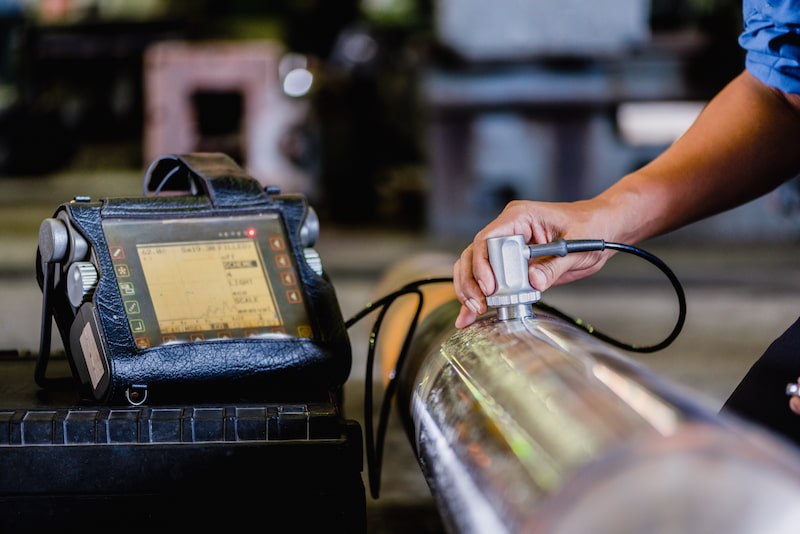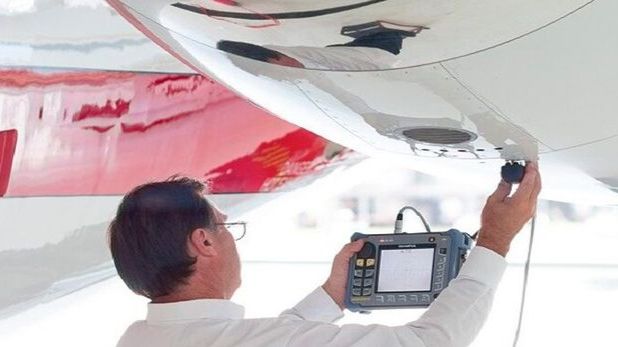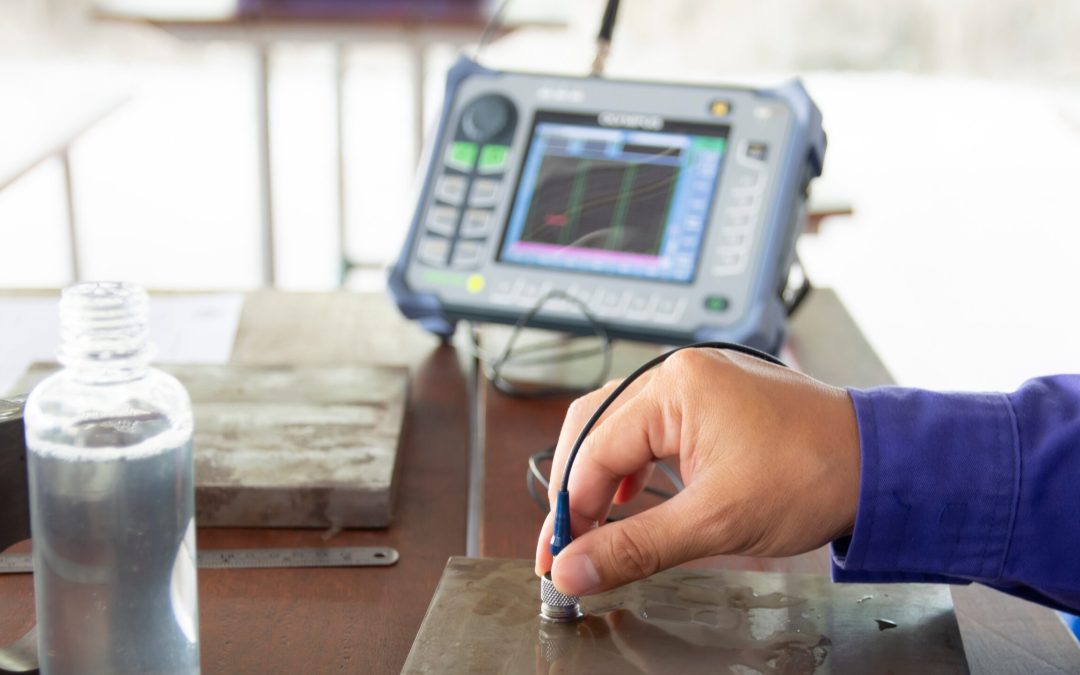In the ever-evolving world of aerospace, the frequency role in aerospace inspections plays a crucial part in ensuring the safety and efficiency of operations. These inspections are essential for maintaining the structural integrity of aircraft and ensuring passenger safety. Understanding how frequency impacts these inspections can significantly enhance the reliability of aerospace components.

Importance of Regular Inspections
The aerospace industry relies heavily on regular inspections to prevent potential failures. By determining the right frequency for these inspections, we can identify issues before they escalate. This proactive approach saves time, money, and most importantly, lives.
Determining Inspection Frequency
Inspection frequency is determined by various factors, including the age of the aircraft, usage patterns, and manufacturer recommendations. A well-calibrated inspection schedule ensures that all components are in top condition, reducing the risk of unexpected failures.
For more insights on how frequency impacts inspection tools, visit this article.
Technological Advancements in Inspections
Technology has revolutionized the way inspections are conducted. The integration of advanced tools such as optical devices and machine learning has enhanced the accuracy and efficiency of inspections. These technologies utilize frequency to optimize performance and ensure thorough examinations of aircraft components.
Discover more about the synchronization of optical inspection devices.
Role of Machine Learning
Machine learning plays a pivotal role in determining inspection frequency. By analyzing vast amounts of data, machine learning algorithms can predict the optimal intervals for inspections, ensuring that resources are used efficiently without compromising safety.
Learn how machine learning contributes to frequency optimization here.
Frequency and Safety
The core aim of aerospace inspections is to ensure safety. By adjusting the frequency of inspections based on real-time data and technological advancements, the industry can uphold its commitment to passenger safety. A dynamic approach to inspection frequency allows for flexibility and adaptability in maintenance schedules.
Adaptive Frequency Control
Adaptive frequency control is essential in maintaining the balance between thorough inspections and operational efficiency. This approach considers various factors such as environmental conditions and aircraft usage to adjust inspection schedules accordingly.
Explore more about adaptive frequency control in inspections here.
Challenges in Frequency Determination
While determining the right frequency for aerospace inspections is crucial, it comes with its own set of challenges. Factors such as unexpected weather conditions, changes in flight schedules, and technological malfunctions can impact the inspection frequency, necessitating a flexible and adaptive approach.
Environmental Factors
Environmental factors such as humidity, temperature variations, and exposure to saline conditions can accelerate wear and tear on aircraft components. These conditions require more frequent inspections to ensure early detection of potential issues.
Technological Challenges
Despite advancements in technology, challenges such as calibration errors and synchronization issues can affect the accuracy of inspections. Continuous improvements and innovations are necessary to overcome these hurdles.
Learn more about synchronization challenges during calibration tests here.
Best Practices in Inspection Frequency
Adopting best practices in determining inspection frequency can greatly enhance the efficiency and effectiveness of aerospace maintenance. These practices include adhering to manufacturer guidelines, employing advanced technologies, and continuously reviewing and adjusting inspection schedules based on real-time data.
Manufacturer Guidelines
Following manufacturer guidelines is a fundamental practice in setting inspection frequencies. These guidelines are developed based on comprehensive testing and analysis, providing a reliable foundation for maintenance schedules.
Utilizing Advanced Technologies
The incorporation of advanced technologies such as drones, sensors, and AI can significantly improve the accuracy and efficiency of inspections. These tools enable precise monitoring and timely detection of potential issues.

FAQs
What is the primary goal of aerospace inspections?
The primary goal of aerospace inspections is to ensure the safety and reliability of aircraft by identifying and addressing potential issues before they lead to failures.
How does technology influence inspection frequency?
Technology influences inspection frequency by providing tools and data that help determine optimal intervals for inspections, enhancing efficiency and safety.
Why is adaptive frequency control important?
Adaptive frequency control is important because it allows for flexibility in inspection schedules, considering factors like environmental conditions and usage patterns to maintain safety and efficiency.
For further reading on predictive maintenance and inspection frequencies, visit this external resource.
This article contains affiliate links. We may earn a commission at no extra cost to you.
